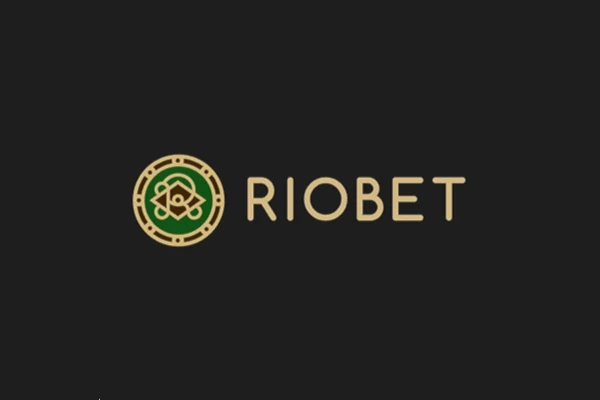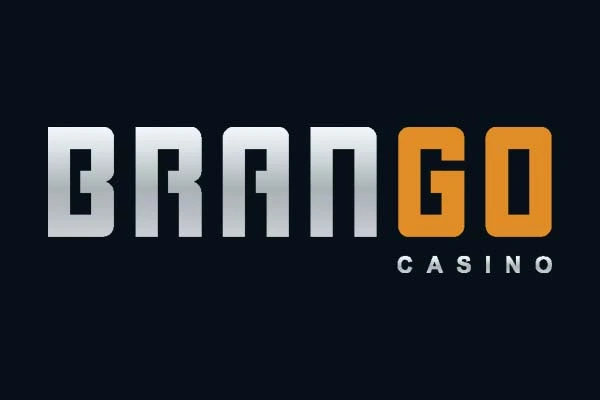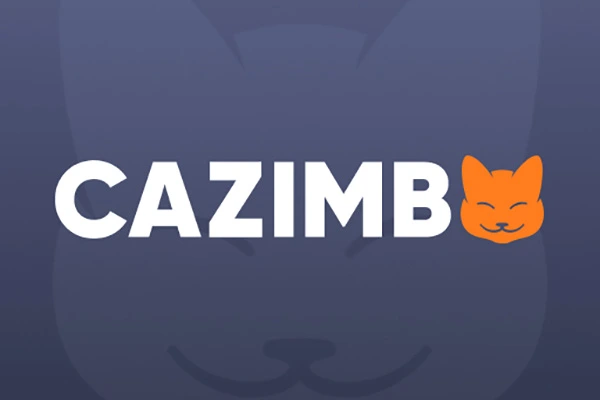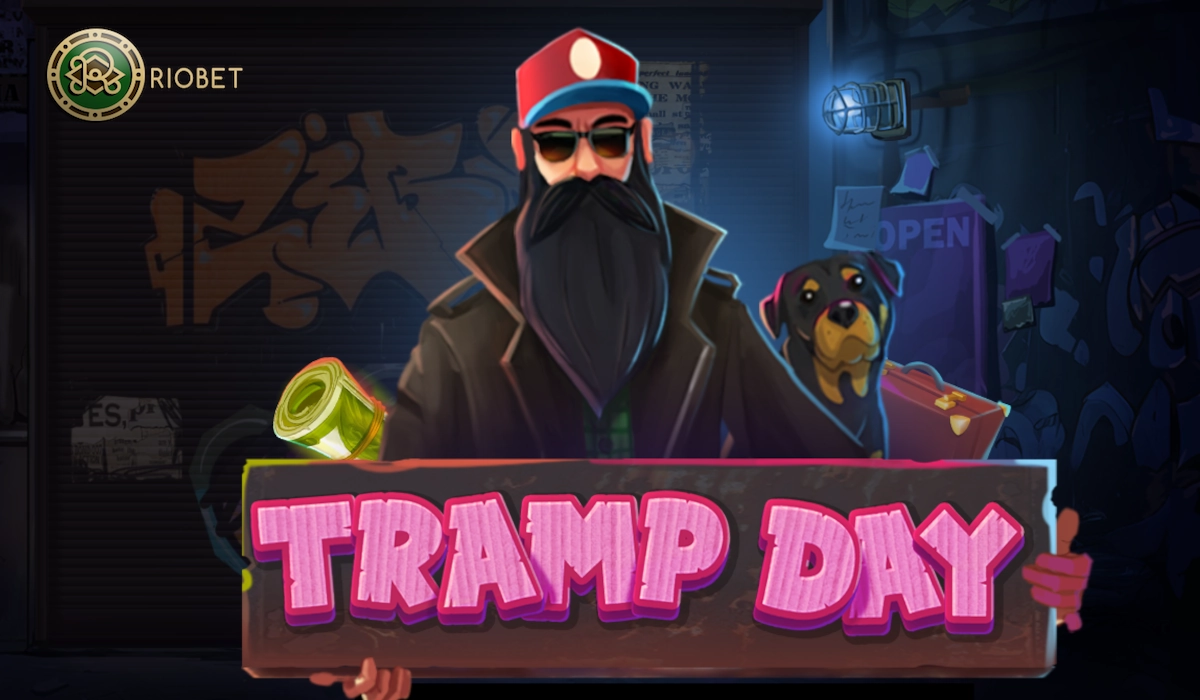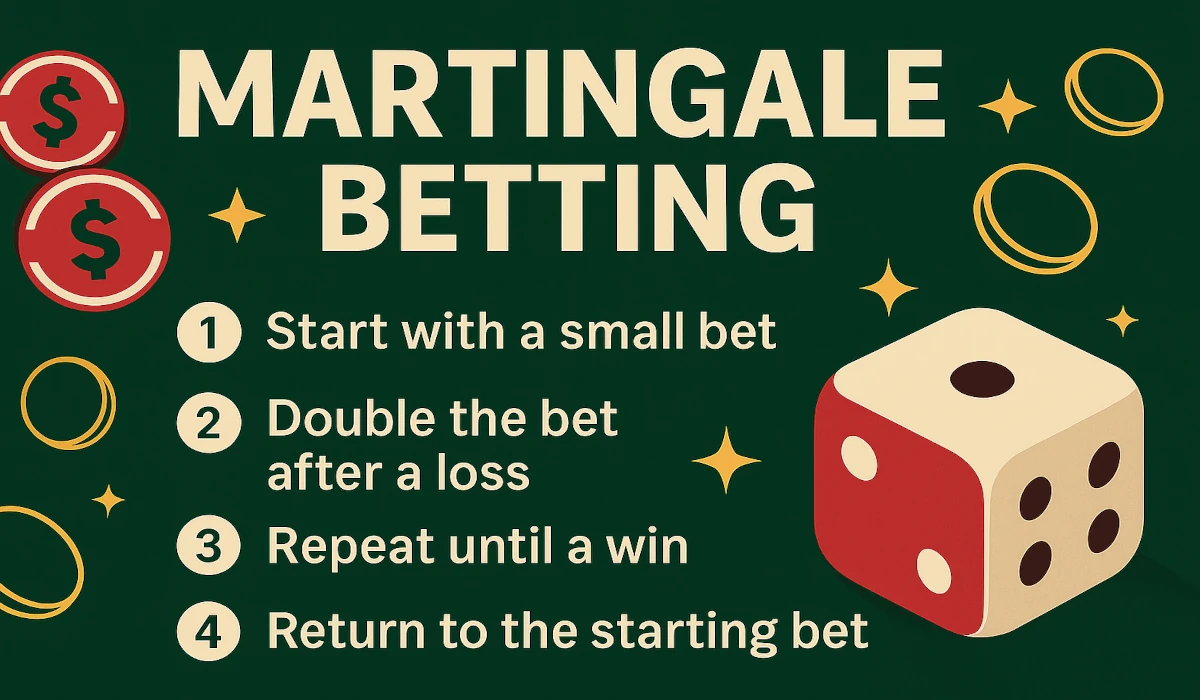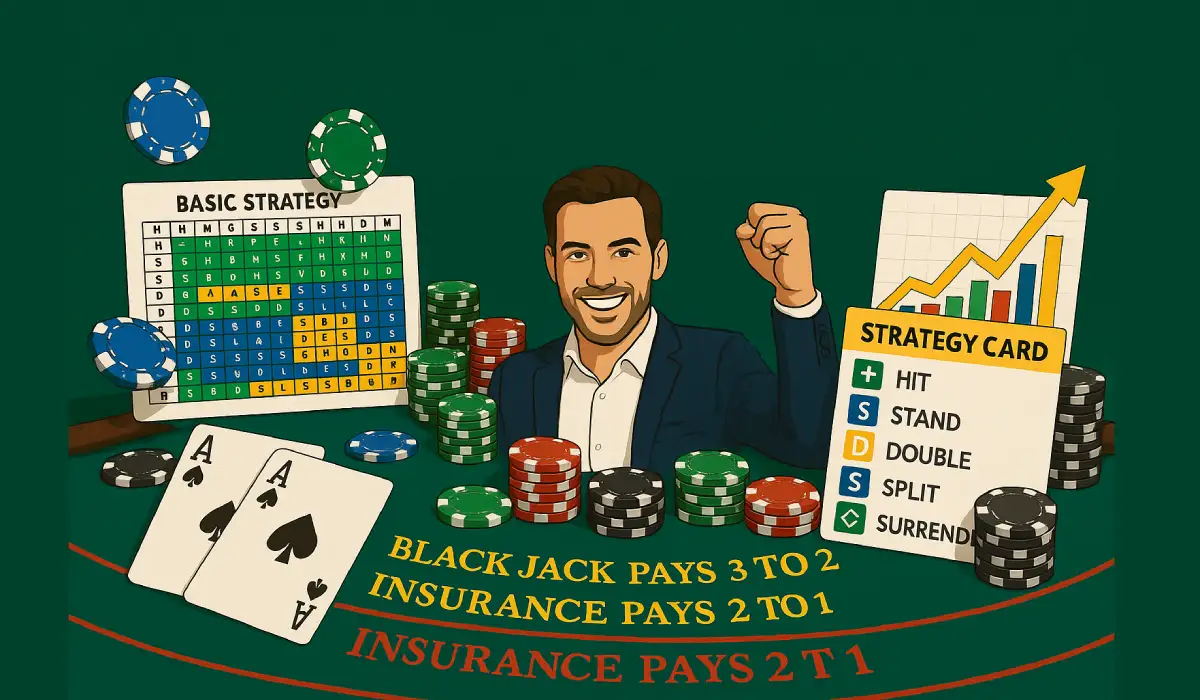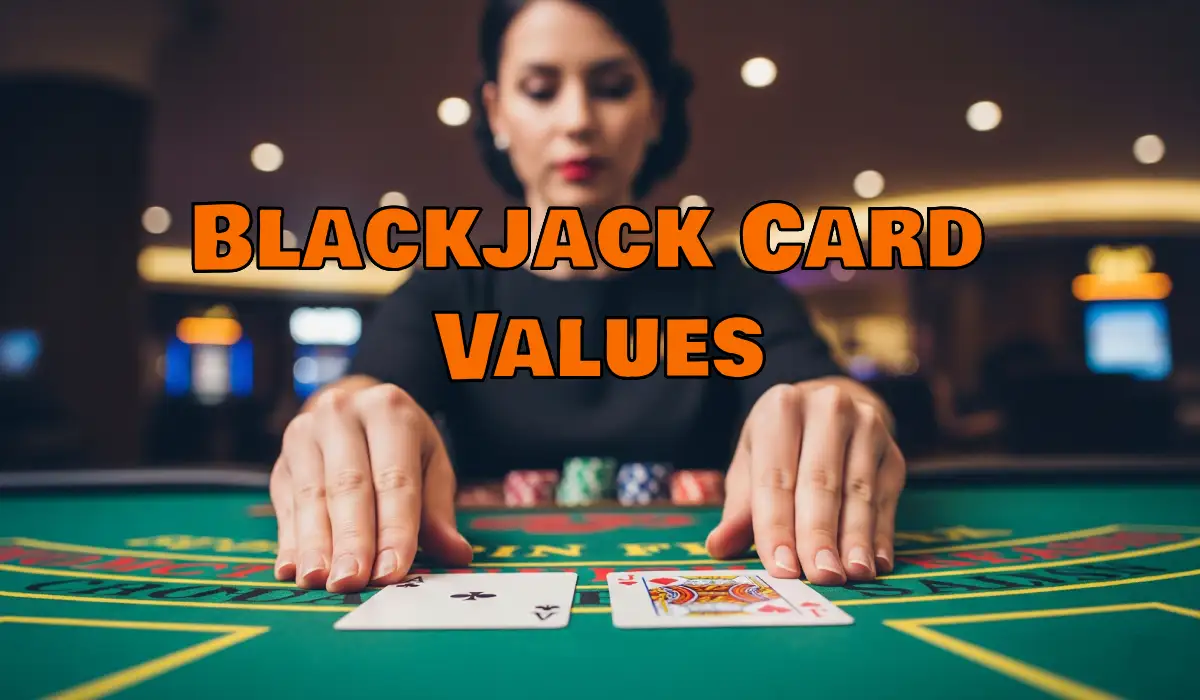
27 Jun 2025
Blackjack Card Values | Understanding Each Card's Worth
🗝️ Key Takeaways
- The first step in optimal blackjack strategy is to learn the standard card values—number cards (2–10), face cards (all 10 points), and flexible Aces (1 or 11)—so you can quickly calculate your hand.
- Distinguishing between hard hands (no Ace or Ace as 1) and soft hands (Ace as 11) enables players to manage risk better and play more aggressive strategies.
- If you have a strong grip on the card values, you can make these decisions faster and more accurately when you take the pressured seat to hit, stand, double down, or split pairs.
- Tracking high-value and low-value cards remaining in the deck aids in sophisticated betting strategies and anticipates player and dealer performance.
- Adapting to different blackjack variants and number of decks is important because these variables affect the odds of each hand.
- By developing your own reference materials in the form of charts or cheat sheets, and rehearsing real world situations, you will be able to make decisions faster and, more importantly, become more successful at the blackjack table.
Blackjack card values refer to the points each card contributes in blackjack. Number cards 2-10 are equal to their face value, so a six is worth six points.
All face cards – jack, queen, and king – are worth ten. The ace may be treated as a 1 or an 11, depending on what benefits your hand.
These card values inform all of your plays in blackjack, from simple hits to advanced strategy. Counting points correctly helps players identify powerful hands and strategize accordingly.
To aid novices and experienced players alike, the following sections dissect examples, advice, and real-world game applications, allowing you to observe card values in action with each hand.
💡 The Core Blackjack Card Values
Let’s start with the basics – the value of cards in blackjack. Being able to calculate hand totals is an essential skill, and knowing the function of each card is critical for obvious play.
There is no bonus for matching suit or face, just card values toward your total hand value.
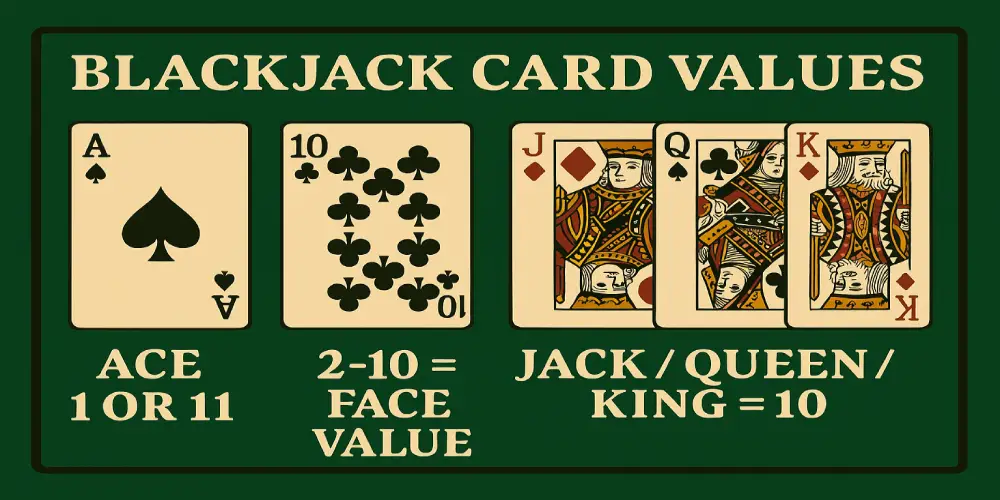
1. Number Cards
2 to 10 have their face value. If you pull a 6, it contributes six points to your hand.
This makes number cards convenient for you to do fast math at the blackjack tables, which comes in handy when you have to make a quick decision. Number cards are the core for most hands. Assuming you draw 3, 5, and 8, you add them together, totaling 16.
These types of hands provide you with a transparent status of your hand prior to acting. The consistency of these cards provides a solid foundation for intelligent decisions based on basic strategy.
You can guide your strategy with number cards. For example, if your hand consists of a 7 and a 2, you’re sitting on a 9—a great place to hit.
Experienced blackjack players tend to look out for these when trying not to bust near 21.
| Card | Value |
| 2 | 2 |
| 3 | 3 |
| 4 | 4 |
| 5 | 5 |
| 6 | 6 |
| 7 | 7 |
| 8 | 8 |
| 9 | 9 |
| 10 | 10 |
2. Face Cards
Face cards—Jacks, Queens, and Kings—are each worth 10 points. Regardless of suit or face, each face card is worth ten. This rule keeps it simple and speeds up the counting process.
Unlike number cards, you don’t have to recall a separate value for every picture card. Their impact is clear: if you draw a 10 and a Queen, your total hand value is 20, which is strong in any game.
Face cards pair perfectly with Aces, making blackjack (an Ace and any 10-point card) the highest hand. Blackjack players count on big cards like these to get them fast to high values with no hard sums.
| Face Card | Value |
| Jack | 10 |
| Queen | 10 |
| King | 10 |
3. The Ace
Aces are the most flexible cards. Aces are versatile and may be used as 1 or 11 to strengthen your total.
For example, if you have an Ace and 6, you could count the total as either 7 or 17. It’s this versatility that leads to the term “soft” for soft hands.
A soft 17 (Ace + 6) allows you to hit again with less danger.
If you count the Ace as 1, your hand is referred to as ‘hard.’ For instance, if you’re dealt an Ace, 6 and a 9, the Ace has to be 1, so you’ve got a total of 16.
Deciding how to use the Ace frequently determines whether you win, lose, or push and is a major part of blackjack terms and terminologies.
With experience, you become faster at selecting the optimal value for your Ace. Ace with an 8 is 9 or 19. If you pull a 5, your options are 14 or bust at 24.
In real play, this talent is what divides neophytes from edge-spotters.
4. No Value for Suits or Matches
Blackjack doesn’t care about suits or matching faces. Two Kings or a King and a Jack are both only 20. No bonus for pairs, flushes, or anything—just the total.
There are no extra points for fancy card matches or second card face combinations.
📊 Calculating Your Hand Total
Figuring your blackjack hand total is a necessity for savvy play. Every card counts. 2-9 hold their face value.
Picture cards—K, Q, and J—are always 10. The Ace is odd because it can be 1 or 11.
To calculate your total hand value, sum the value of every card. For instance, a 6 and 7 in your hole cards equates to 13.
Pull a 6 next, and your updated sum is 19.
✊ Hard Hands
Hard hands are blackjack hands that do not contain an Ace, or where the Ace must count as 1 to avoid busting. These hands are more rigid because there's no flexibility in adjusting the total if you draw a high card.
Knowing you have a hard hand is essential for understanding your risk of going over 21.
🍃 Soft Hands
Soft hands feature an Ace counted as 11, such as Ace-6 (soft 17). This type of hand offers more flexibility, since the Ace can shift to 1 if drawing another card would otherwise cause a bust
Identifying soft hands helps players recognize when they have more options for taking additional cards safely.
📋 Quick Mental Math and Cheat Sheet
Use easy math: add card values as you get them. Remember, face cards are 10. To speed up, memorize common pairs: Ace + 7 = 8 or 18, 10 + Jack = 20.
Keep a cheat sheet:
- Number Cards (2–10): Worth their face value (e.g., 6 counts as 6 points).
- Face Cards (Jack, Queen, King): Each worth 10 points regardless of suit.
- Ace: Flexible value, can count as 1 or 11 depending on what benefits your hand most.
- Hard hand: no Ace or Ace as 1.
- Soft hand: Ace as 11.
♟️ How Values Influence Strategy
Card values drive every blackjack decision. Understanding the worth of the cards, and particularly the Ace, informs your strategy and varies your approach on a moment-by-moment basis.
One hand can go from hitting to standing depending on the dealer’s upcard, so knowing how values influence your probability is crucial. This capacity for rapid, confident action in fast games provides players with a concrete advantage.
⚖️ Hitting or Standing
Each decision to hit or stand is based on your hand’s value and the dealer’s face-up card. A hand with a soft 17 (Ace and 6, for instance) is more flexible since the Ace can be 1 or 11.
If the dealer shows a 5, 6, or 7, standing on soft 17 can capitalize on the dealer’s increased bust probability — a key consideration in blackjack strategy.
Such a simple strategy guide steers decisions but does not promise a victory. The house edge, with perfect strategy, generally hovers around 0.5%, demonstrating just how important choices are. For instance, a 16 versus a dealer’s 10 is a rough position to be in.
Sometimes, going is the smarter move. If there’s a 6 showing, standing is usually best because the dealer is more likely to bust.
Experience counts. Drilling through drill scenarios with real or pretend hands makes you recall the correct stroke in a clutch.
💥 Doubling Down
Doubling down provides an opportunity to increase your reward, but only in the appropriate spaces. The blackjack rules frequently restrict doubling down to your initial pair of cards.
Picking the right moment to double can tip the odds in your favor.
- Double 11 vs. Any dealer upcard but an Ace.
- Double 10 if the dealer shows a 9 or less.
- Double down 9 on the dealer’s 3-6.
- Never double down with two Aces; always split instead.
✂️ Splitting Pairs
Splitting pairs increases your winning opportunities, but only if applied strategically. ALWAYS split Aces because they give you a double opportunity of reaching 21.
Never split 10s—two strong cards together are just too valuable.
Control your splitting bets. If your bankroll is limited, be cautious. Best pairs to break are Aces and 8s no matter what the dealer’s upcard is. Never split 5s or 10s.
🃏 The Strategic Weight of Cards
Blackjack is defined by the way each card changes the odds. Understanding the strategic weight of cards high or low is essential for calculating decisions that accumulate.
Card distribution, how much is left in the deck and the dealer’s upcard all help determine your next action. This forms the basis of card counting.
💎 High-Value Cards
Tens, face cards, and Aces form the high-value group. These are the cornerstone cards of powerful hands — blackjack (Ace + 10) or a secure 20.
Their impact is more than just scoring. One Ace gives you the option of either 1 or 11. This ‘soft’ hand provides you with a bit of wiggle room to draw without going bust.
Each face card and 10, worth 10 apiece, quickens the road to 21. If you count how many of these cards remain in the deck, you have a better feeling of when it’s time to bet more or play it safe.
For instance, if you notice more low cards getting played, the probability of hitting a high card next increases. Some players use a simple card counting method: add one for each low card and subtract one for each high card.
A running count over zero indicates that there are more high cards left, which favors the player. If you imagine a hand like Ace-7 (soft 18), you can strike if the dealer peeks 9 or 10, as the Ace saves you from crumbling.
🪙 Low-Value Cards
Low-value cards—2 through 6—are not as glamorous but they define strategy in huge ways. They tend to keep your total low, which requires you to hit more to get to a strong hand.
When these cards appear, you’re in danger of busting if you continue to hit, but you may not have enough to stand, as well. If you’re dealt a pair of 5’s, doubling down is clever if the dealer shows 2-9, as you convert a weak beginning into a chance at a strong total.
With a pair of 4’s, splitting is best against a dealer’s 5 or 6. Dealers love low cards, too—if they pull a 2, 3, or 4, their bust odds decrease.
Nevertheless, there are times when low cards play to your advantage. If you have a soft hand (Ace-4), you can hit more without busting.
Sometimes, a ‘hard’ 12-16 means you have to hit if the dealer has a strong upcard – even if it feels dangerous.
📊 Card Distribution and Strategy
What’s left in the deck can say a lot about your chances moving forward. If the majority of low cards have been played, the deck is considered ‘rich’ in high cards—which improves your chances of hitting blackjack or a powerful hand.
Players track this to adjust their bets: bigger bets when the deck favors them, smaller ones when it doesn’t. This is the foundation of card counting, a talent more related to concentration than recall.
A simple example: if you see many high cards dealt, the odds shift in the dealer’s favor. Change your play, hit less, bet less.
If low cards hit, you might raise. A practical table can help: list each card, its count, and what’s left.
⚙️ Adjusting to the Deck
If you feel there are more big cards left raise bigger. If low cards rule, play safe and bet low.
Just match your play to the dealer’s upcard. Card count to up your chances.
🎯 Values in Critical Decisions
Card values are at the heart of any blackjack game. Knowing how each card—Aces, face cards, and number cards—affects a player's hand is crucial in making decisions that can shift the odds just a little in the player's favor.
Good players adjust as new cards surface, continually balancing hand worth, the dealer's upcard, and the danger of busting. Each player's decision—hit, stand, double down, split, or insure—depends on the specific calculation of card values and options they present, including the Ace's dual value of 1 or 11.
The key is using this information strategically, which is what separates casual play from an intelligent approach that can bring the house edge down to about 0.5%. A simple decision matrix, like those below, can help you see what the best move is in different positions.
🚀 The double down in blackjack choice
In doubling down, you double your bet and hit one card only. This move is optimal when your hand is 10 or 11 since the probability of receiving a 10-point card gives you a good hand near 21.
For example, if you’re holding a 9 and the dealer’s upcard is a 6, it’s typically a smart move to double down. The danger being that if you pull a low card, you don't beat the dealer, but the statistics are with you if you follow the fundamental strategy recommendations.
The amount of risk is outweighed by the potential gain in these situations.
⚖️ The when to split aces dilemma
Splitting aces generally always is permitted and advised. If you get two aces, splitting gives you two chances at 21, as each new card can be counted as 11.
The dealer's upcard counts. If the dealer's up card is a 6, then splitting aces is even better because the dealer will likely bust.
Use this checklist: always split aces, check the dealer's upcard, and remember most casinos only let you draw one card per ace. This combination of rules makes proper play essential.
🛡️ The blackjack insurance bet
Blackjack insurance becomes available as a side bet whenever the dealer’s face-up card is an Ace. You're fairly certain that the dealer has a ten-value card under there.
Insurance is a terrible wager. Even if it's just a matter of the blackjack, the odds don't warrant the price because there's less than a 1 in 3 chance that the dealer got a blackjack.
It can bleed your bankroll dry if you accept it too frequently. Even then, don't think about insurance unless you're using a card counting system and know there are a ton of ten value cards remaining.
Otherwise, skip insurance, hold your horse on the big bet, and concentrate on playing your hand.
🔄 Do Card Values Change?
Blackjack card values appear straightforward—cards 2–9 are their face value, face cards (K,Q,J) are always 10, and the Ace is 1 or 11. Yet, certain rules and game types can adjust how these potentials function in reality.
Knowing these changes allows players to tweak their play and make better decisions.
🌐 Across Variants
Each face card is valued at 10, and the Ace can be valued at either 1 or 11 to best support your hand. Certain versions, however, have some additional characteristics.
Spanish 21, for instance, takes all the 10s out of the deck, altering the odds and making big cards scarcer. In pontoon, Aces are dealt with differently, and payouts are different from classic blackjack.
These changes impact the accessibility of 21, the worth of particular hands, and the optimal strategy. The need to adapt is obvious—players who overlook these distinctions will employ the incorrect strategy and lose more frequently.
Most major variants, like classic blackjack and European blackjack, retain the values but adjust rules around splitting, doubling, or dealer moves that can affect the real-world value of certain cards. The biggest thing to observe is if the Ace's value changes or if the deck mix tips the scales.
Even subtle shifts in card combination can impact your overall calculation of odds.
🃏 With More Decks
When you increase the number of decks on the table, the fundamental values of the cards remain consistent. However, the amount of each specific card increases, shifting the calculation of your expected outcomes.
More decks = more cards that are in play. This minimizes the impact of taking out one card and makes card counting systems more difficult to apply.
So, for instance, in a single-deck game, every Ace you see means less left, making counting more effective. In a six-deck game, that edge sinks.
Deck composition also matters: more decks mean more face cards and Aces in total, but proportionally, the mix is steady, so the odds of hitting a blackjack or busting shift only slightly. Good players compensate by keeping a running count of what cards remain to be dealt and modifying their wager or playing decisions.
A quick guide: fewer decks favor the player, while more decks help the house.
🔒 Conclusion
Blackjack card values are central to every game. Each card tells a simple story: face cards mean ten, aces shift between one and eleven, and number cards keep their worth.
These values define each move, from your initial pull to your final wager. Players familiar with the numbers read the game better, find the right moment to hit or stand, and maximize their chances.
The table remains the same, however, each hand introduces new decisions. To play smart, know your values, sense the rhythm, trust your count.
Now that you understand how card values work, dive into our Blackjack Hand Strategy guide to learn how to play these hands effectively and boost your winning chances.
Frequently Asked Questions❓
What are the basic card values in blackjack?
In blackjack, 2-10 are their face value. Face cards (J, Q, K) are all valued at 10. An Ace is valued at 1 or 11, whichever suits your hand best.
How do you calculate your blackjack hand total?
Total up the values of all your cards. Consider all Aces as 11 unless it busts you. Then, treat the Ace as 1.
Why do blackjack card values matter for strategy?
Understanding card values allows you to make informed decisions on whether to hit, stand, split, or double down. Good decisions will make you more likely to win.
Does the value of an Ace always stay the same?
No. An Ace can be valued at 1 or 11. Its value is contingent upon what best keeps your hand at or under 21.
Can the value of other cards change during the game?
No. The Ace’s value is the only one that can switch. All other cards maintain their static values.
How do card values influence critical decisions in blackjack?
Card values help you quickly calculate your total and judge the risk of going over 21. This guides your choices on whether to take another card or not.
Are face cards more important than number cards in blackjack?
Face cards are valuable as they all count as 10. This makes them valuable for hitting 21 or forming powerful hands, but all card values are significant.
